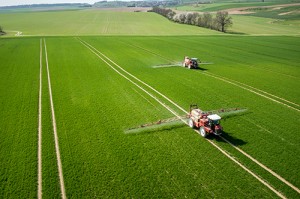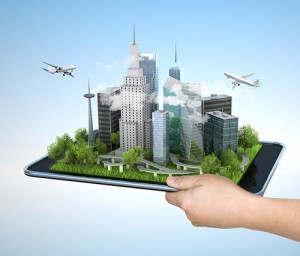 I am enrolled in a refresher course on critical thinking and philosophy. I have been studying knowledge and particularly skepticism as it relates to knowledge. In applying these concepts, I realize that I need a healthy dose of skepticism when consuming social network news. Recent reports suggest that fake new sites on social networks and search sites could even have swayed the U.S. election. This news has spread over the last couple of weeks so I want to explore our personal responsibility for critiquing news and social network feeds and determining whether we are getting the full picture or whether we have customized the information we receive to fit our worldview.
I am enrolled in a refresher course on critical thinking and philosophy. I have been studying knowledge and particularly skepticism as it relates to knowledge. In applying these concepts, I realize that I need a healthy dose of skepticism when consuming social network news. Recent reports suggest that fake new sites on social networks and search sites could even have swayed the U.S. election. This news has spread over the last couple of weeks so I want to explore our personal responsibility for critiquing news and social network feeds and determining whether we are getting the full picture or whether we have customized the information we receive to fit our worldview.
Strength of Networks
There has been a visceral reaction to the U.S. presidential election with many people publicly expressing shock and joining in protests in cities in America. According to their network, their candidate should have had a clear path to the nomination. The problem is that we have intentionally and unintentionally built our social networks to look like us. Intentionally, we connect through our networks with friends and colleagues who share our political and religious views. Our network, and particularly social media newsfeeds, are fed by algorithms built to reinforce that bias, which is unintentional on our part. For example, your news feed on Facebook is influenced by who you are friends with, pages you like, what you post, and how you interact with others in your network. A recent article from Spredfast, a social media marketing firm, said it best: “On social media platforms, the world looks different depending on the candidate that you support.”
Is it True
We create networks of associates that look and think like we do. The news we get matches our biases. The question now is how do we know that the news we are receiving is true. We may read several articles a day but not take the time to consider whether they are factual or even plausible. As I mentioned in my post last week, our move away from deep reading may have left us unable or unwilling to take the time and effort to apply that skeptical filter. Sites such as Facebook and Twitter are reportedly stepping up their efforts to filter fake news feeds but even if they succeed there will still to be a built in bias, fueled by our online behavior.
Thoughts
I am challenging us all to slow down and take in news thoughtfully and skeptically. Challenge the source and ponder the premises and conclusions the author is making. Are they plausible and factual? Are their sources reliable? Are they slanted toward a particular bias or ideology? Does that bias color the actual news that I am getting?
I will strive to be more careful and thoughtful about news I am reading and will try to find articles from trusted foreign news sources as well so I can get a perspective outside of my own normal network. Do you think the U.S. election has been a wake up call to how we view social media in terms of shaping our worldview? Will it change our habits and usage? What would a less biased and more responsible social network look like? I think the responsibility lies with us to find out. Let me know your thoughts.
Kelly Brown is an IT professional and assistant professor of practice for the UO Applied Information Management Master’s Degree Program. He writes about IT and business topics that keep him up at night.





